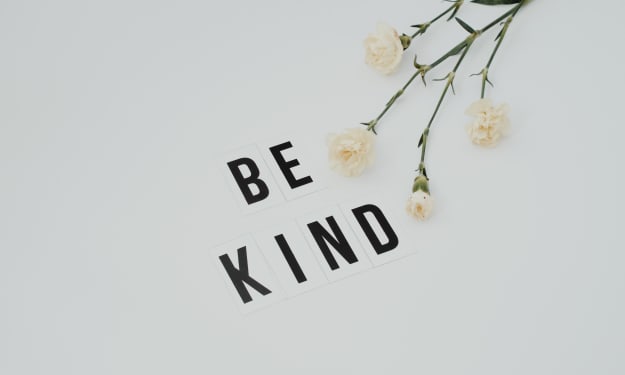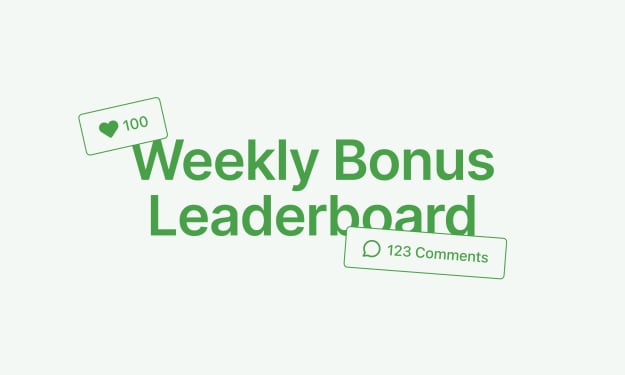Infographic Activism on Instagram is Performative and Weird
A common theme across infographic activism is its propensity for presenting unsourced and unverifiable information

The idea for this post started rumbling at the back of my mind almost a year ago. I was browsing through Instagram, as one does when trapped indoors with nothing better to do owing to a disease ravaging the world. After some mindless clicking, I stumbled upon an infographic that one of my friends had reposted to her stories. It warned against the “whitewashing” of characters in animated TV and included a picture of Yue, a character with stark white hair and blue eyes from the Nickelodeon animated series Avatar the Last Airbender. Immediately, I DMed my friend to point out the incorrectness of the graphic she had shared.
“Everyone in the show is a person of colour. Their eye colour reflects the different nations that they belong to.”
“That’s problematic though, to change the hair and eye colour of a character to such eurocentric standards.”
“She is the only young person with white hair and it’s explained in the show. Have you seen the show?”
“No.”
I dismissed the conversation, not wanting to get into a lengthy debate with a friend about a kid’s show, but after that point, I began to notice more and more the rise of such infographics in the Insta space. Searching #activism on Instagram brings up a bounty of them.
It’s unclear when Instagram transitioned from the land of food photography, envy-inspiring wanderlust pictures and thirst traps to mini-Powerpoints giving bite-sized nuggets of information about race, gender and sexuality. It seems like a natural progression, though, combining the virality of social media with elements of education and social consciousness. On the surface level, fantastic! The more we can spread awareness about social issues, the better. However, an insidious pattern has emerged from these seemingly innocent posts that we need to talk about.
Unreliable and poorly sourced information
A common theme across infographic activism is its propensity for presenting unsourced and unverifiable information. Regarding citations, these graphics tend to do one of three things. They don’t highlight where they sourced the data from at all, which is reprehensible because we should all endeavour to give credit where credit is due. In any other space, biting off the ideas of another creator and repeating their words verbatim is considered plagiarism, but in the cogs of the infographic machine, it’s perfectly acceptable.
Another angle that I observe frequently is tagging on something vague like “source: The New York Times.” You mean THE New York Times that publishes over 150 articles a day? Without mentioning the author’s name, the title of the article or linking back to it, this tag line is useless to the reader. Moreover, recently some activists have started to include links within the graphic itself. Still, because they prioritize space for the presented information, they render them in such a tiny font that you have to ultra-zoom to read it.
These graphics provide a snapshot of an issue rather than the complete picture. Graphics about racism or sexism or anything else are a subset of a subset of the larger problem. They suck readers in with catchy tag lines, beautiful fonts and stunning imagery, providing one-sided information that lacks nuance and takes a monotonous, shallow view of profound issues. And I’m okay with that IF they provide adequate source material for readers to do follow-up research on the topic instead of positioning themselves as comprehensive authorities on the issue. You’re probably thinking, “No one’s stupid enough to think that these PowerPoint presentations tell the full story.” And to that, I say, you’d be surprised by the number of people who read an infographic once and suddenly think they are experts on a host of topics.
The rise of anti-racist clout-chasing
We live in an era of social media where it’s more important to appear anti-racist than to actually be anti-racist. Social activism is cool and trendy. Those who aren’t members of the affected groups they are advocating for can gain brownie points and followers by posting on their behalf. Scroll through the comment section of any infographic creator, and you’re bound to be bombarded by a slew of comments saying “I love you,” “I’m so proud of you,” and “You’re so strong.”
Invariably, this has led to an activism culture on Instagram that privileges the need to be first. The first to create some new gimmick to promote social issues. The first to haphazardly glue together a string of information to form an infographic. And, hilariously, the first to apologize when people call out insensitive gaffes. Like when videos emerge exposing famous anti-racist influencers for racism. Or when prominent media companies post yellow squares to bring awareness to violence against the AAPI community.
Reposting and lacklustre activism
Mostly, infographic activism doesn’t adequately encourage learning and advancement in its consumers. After swiping through a threadbare post on Instagram and resharing it, people feel like their benevolent work for the day is done. Complacency in activism has overtaken Instagram, and I blame infographics.
Users repost one picture (or a collection of them) and think, wow! Look at me, changing the world! The children are saved. Hunger is no more. Balance is restored, and the world is as it should be. It’s not enough to quickly repost something on social media in the hopes that others acknowledge what a great person you are. You also have to be a great person in real life, as shocking as that seems. Sharing an infographic to your Instagram stories isn’t going to change the world, but you know what will? Changing yourself and committing to learning, growing and becoming a better, more informed person who thinks critically and doesn’t just regurgitate sound bites from Instagram infographics.
---
Despite everything I just wrote, I don’t believe the notion of activist infographics is terrible. I take issue with the flawed execution. I acknowledge their role in introducing important social topics to a wider audience than would have been possible otherwise. They allow people to discover new things and (ideally) stimulate the desire to learn and act in the face of injustice. However, they can be improved in several ways.
Disclose that the information presented is not a comprehensive outlook of the issue and is both flawed and biased. Cite sources appropriately by including a link in your Instagram bio to a LinkTree where you further elaborate on sources. Alternatively, you can include an entire slide on the Infographic dedicated to listing the author, publication and origin of pieces of information in case readers want to learn more. Infographics should also strive to centre the voices of the marginalized groups for which they advocate by engaging in ethical storytelling and incorporating their perspectives in some meaningful way. It is incredible that social media has encouraged more people to become involved in social activism and unleash their creativity by developing infographics, but we can (and should) do better.
---------------------------------------------------
Originally published on Medium
If you liked this post, please be sure to like this post! If you're able to leave a small tip, it'd be greatly appreciated and also, feel free to check out some of my latest stories. I recommend starting with this one:
About the Creator
Laquesha Bailey
22 years old literally, about 87 at heart. I write about self care, university life, money, music, books and whatever else that piques my interest.
@laqueshabailey
Enjoyed the story? Support the Creator.
Subscribe for free to receive all their stories in your feed. You could also pledge your support or give them a one-off tip, letting them know you appreciate their work.






Comments
There are no comments for this story
Be the first to respond and start the conversation.